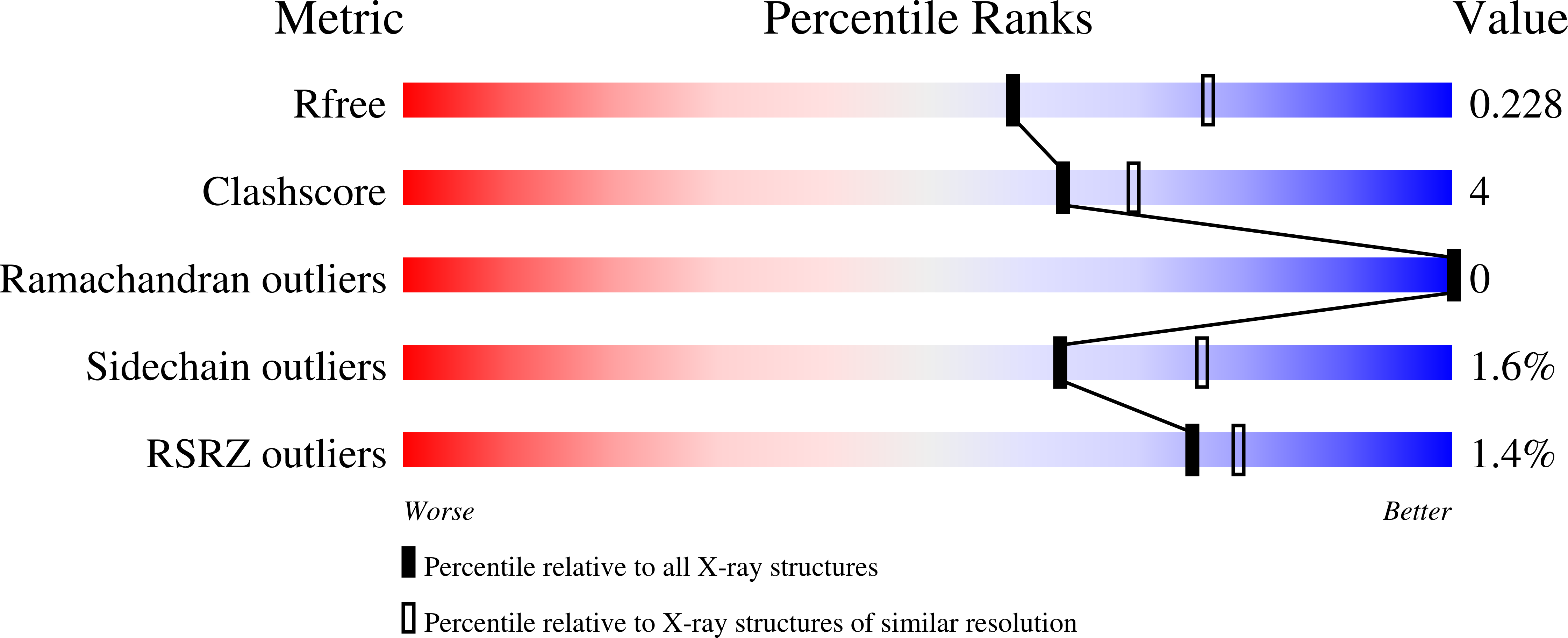
Deposition Date
2023-01-26
Release Date
2023-05-10
Last Version Date
2024-10-23
Entry Detail
PDB ID:
8CBY
Keywords:
Title:
Crystal Structure of Anti-cortisol Fab in Complex with Cortisol
Biological Source:
Source Organism:
Mus musculus (Taxon ID: 10090)
Host Organism:
Method Details:
Experimental Method:
Resolution:
2.27 Å
R-Value Free:
0.23
R-Value Work:
0.20
R-Value Observed:
0.20
Space Group:
P 65 2 2


